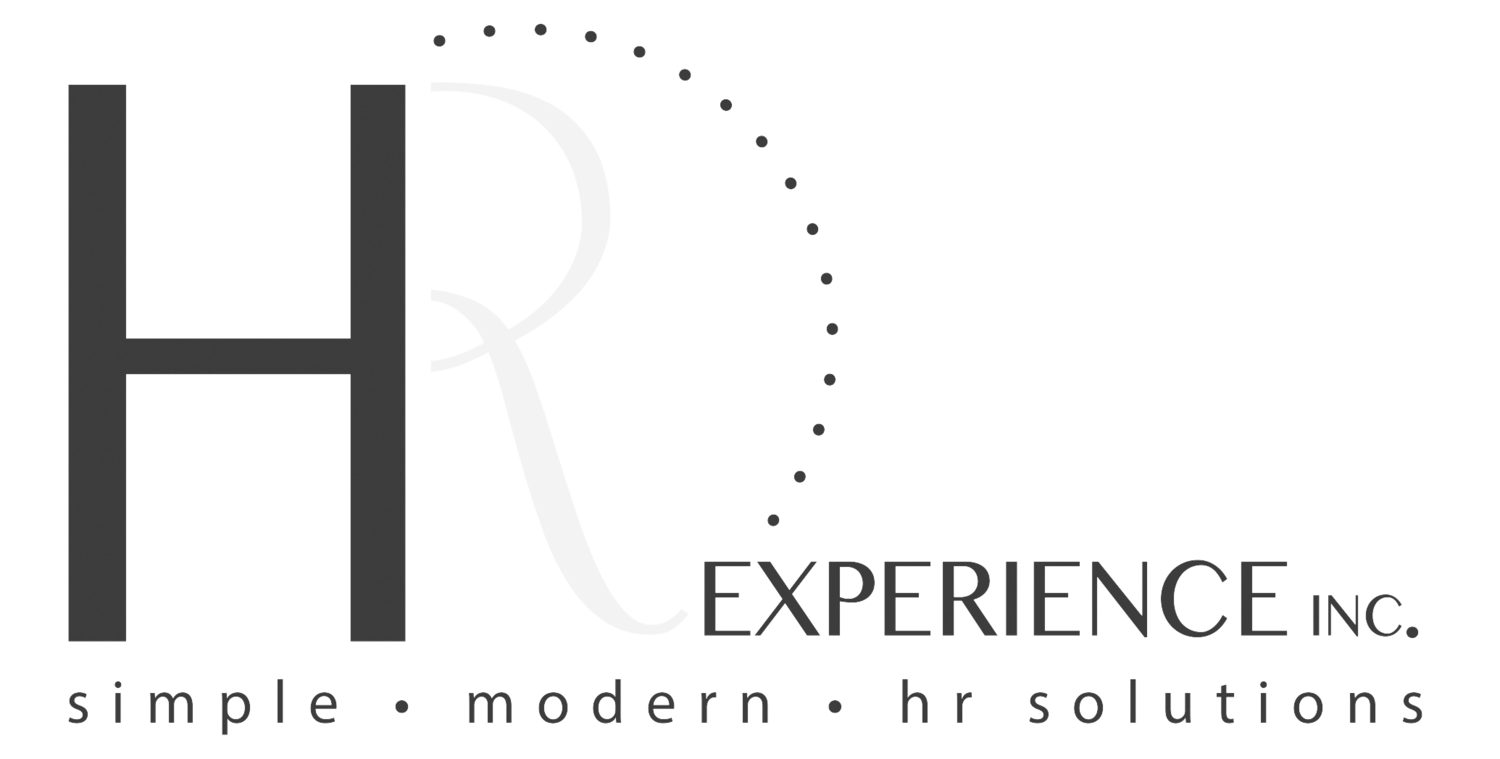HR Year-End Compliance Best Practices
As the year wraps up, HR teams are balancing holiday schedules, performance reviews, and next year’s planning. But before the calendar turns, one critical area deserves your attention: compliance.
Year-end is the perfect time to ensure your organization is aligned with federal and state regulations, updated on any legislative changes, and ready to start the new year with confidence. Here’s a practical guide to the most important HR compliance best practices to check off your list.
1. Review and Update Employee Records
Start with the basics: make sure your employee records are accurate and complete. Confirm that addresses, Social Security numbers, and tax forms (like W-4s and I-9s) are up to date. Clean data isn’t just good practice — it helps avoid payroll and tax filing errors that can cause bigger headaches later.
Tip: Use this time to audit access and permissions in your HR systems to ensure only the right people can view or edit sensitive employee information.
2. Conduct a Payroll and Benefits Audit
Payroll errors are one of the most common compliance issues companies face. Verify that all wages, bonuses, overtime, and deductions have been calculated correctly. Also, double-check your benefits data, especially if your organization changed providers, contribution levels, or plan eligibility this year.
If you offer a 401(k) or other retirement plan, confirm year-end contributions and ensure that nondiscrimination testing requirements are met before the filing deadlines.
3. Review Classification and Compensation
Employee misclassification remains a major compliance risk. Take a few minutes to review who’s classified as exempt vs. non-exempt under the Fair Labor Standards Act (FLSA). If any roles have shifted or responsibilities have evolved, re-evaluate their classification to avoid potential wage disputes.
This is also a good time to assess pay equity across roles and levels — especially with new pay transparency laws rolling out in several states.
4. Check for Regulatory Updates
Each year brings new employment laws, state mandates, and reporting requirements. From minimum wage increases to expanded leave laws and new posting requirements, staying informed can make or break compliance readiness.
Make sure your team is aware of any changes effective January 1 and update employee handbooks or policies accordingly.
5. Prepare for Year-End Reporting
Ensure your organization is on track for timely distribution and filing of year-end forms such as:
W-2s and 1099s for employees and contractors
ACA 1095-C forms for applicable large employers
EEO-1 reports (if applicable)
Build in time for quality checks before submission to prevent corrections later.
6. Refresh and Communicate Policies
Before you roll into the new year, review your employee handbook and internal policies. Update language around hybrid work, time off, social media, and harassment policies to reflect current practices and legislation.
Once finalized, communicate updates to employees clearly and document acknowledgment for compliance purposes.
7. Plan Ahead for 2026
Once compliance tasks are squared away, look ahead. Consider what your HR priorities will be for next year — whether that’s a new HRIS rollout, updated training programs, or new DEI initiatives. A strong compliance foundation sets you up for smoother execution in every area of HR.
Final Thoughts
Year-end compliance isn’t the most glamorous part of HR, but it’s one of the most important. Taking time to review, update, and document now can save you from costly penalties — and position your organization for a stronger, more confident start to the new year.
If you’re not sure where to begin, HR Experience can help. Our team works with organizations to simplify compliance, streamline HR processes, and ensure your people operations are audit-ready year-round.
